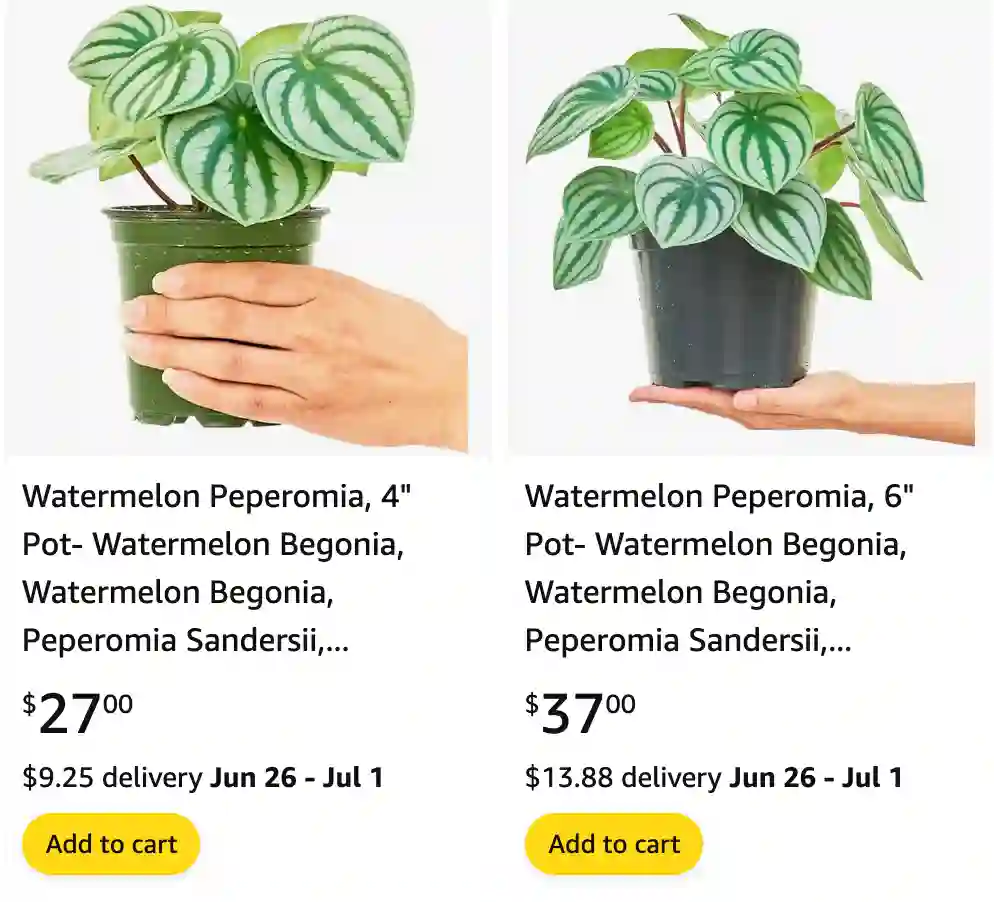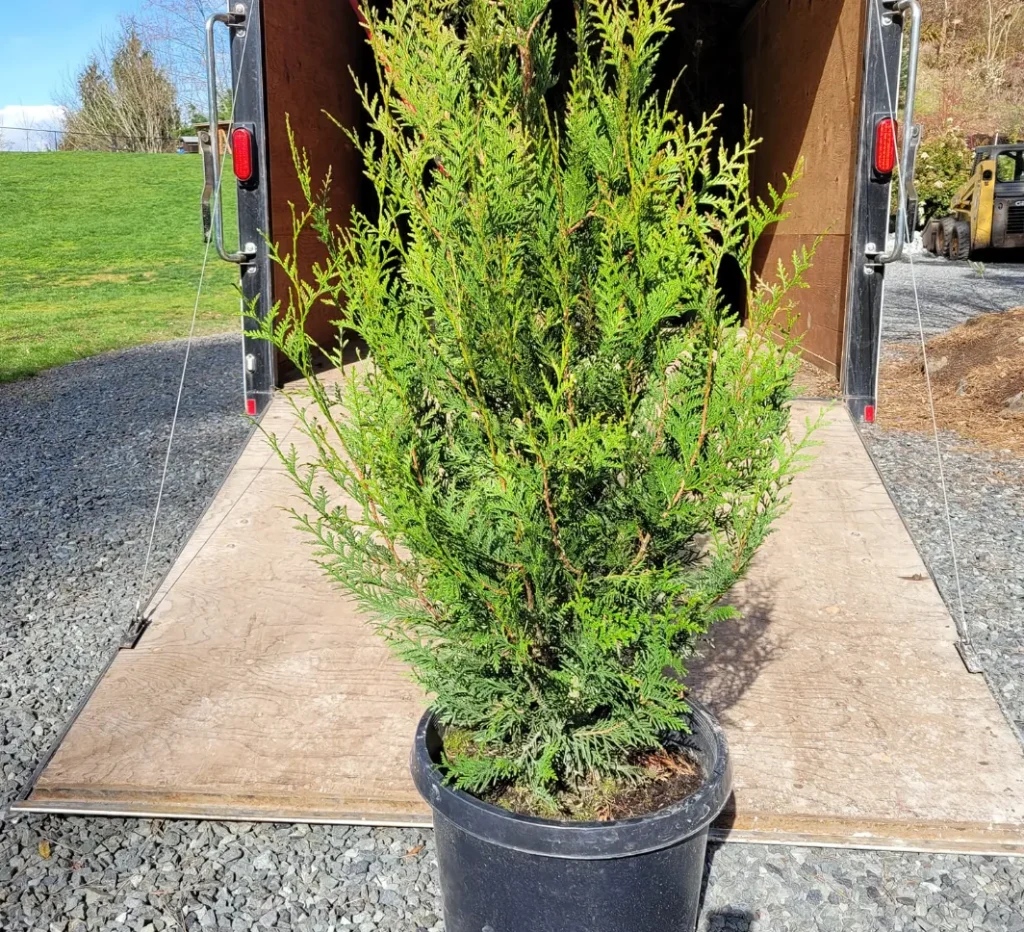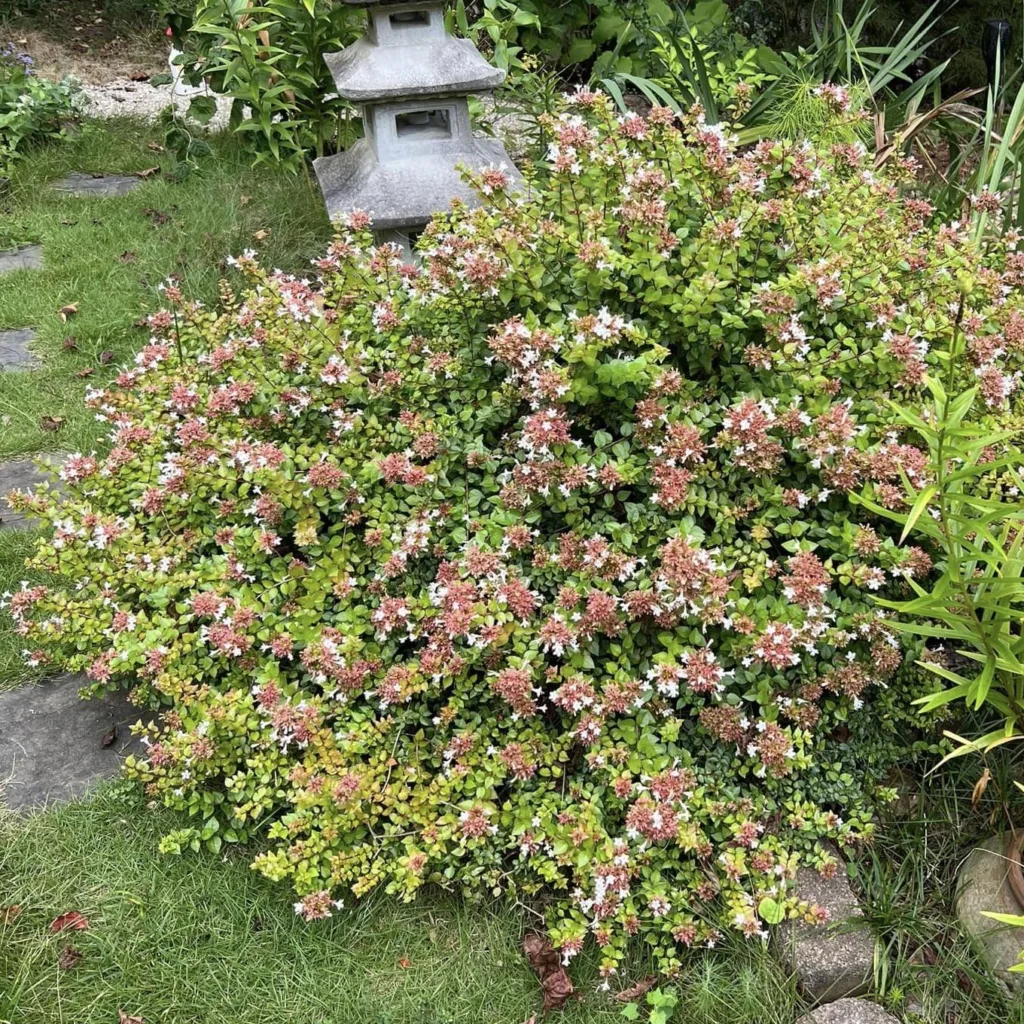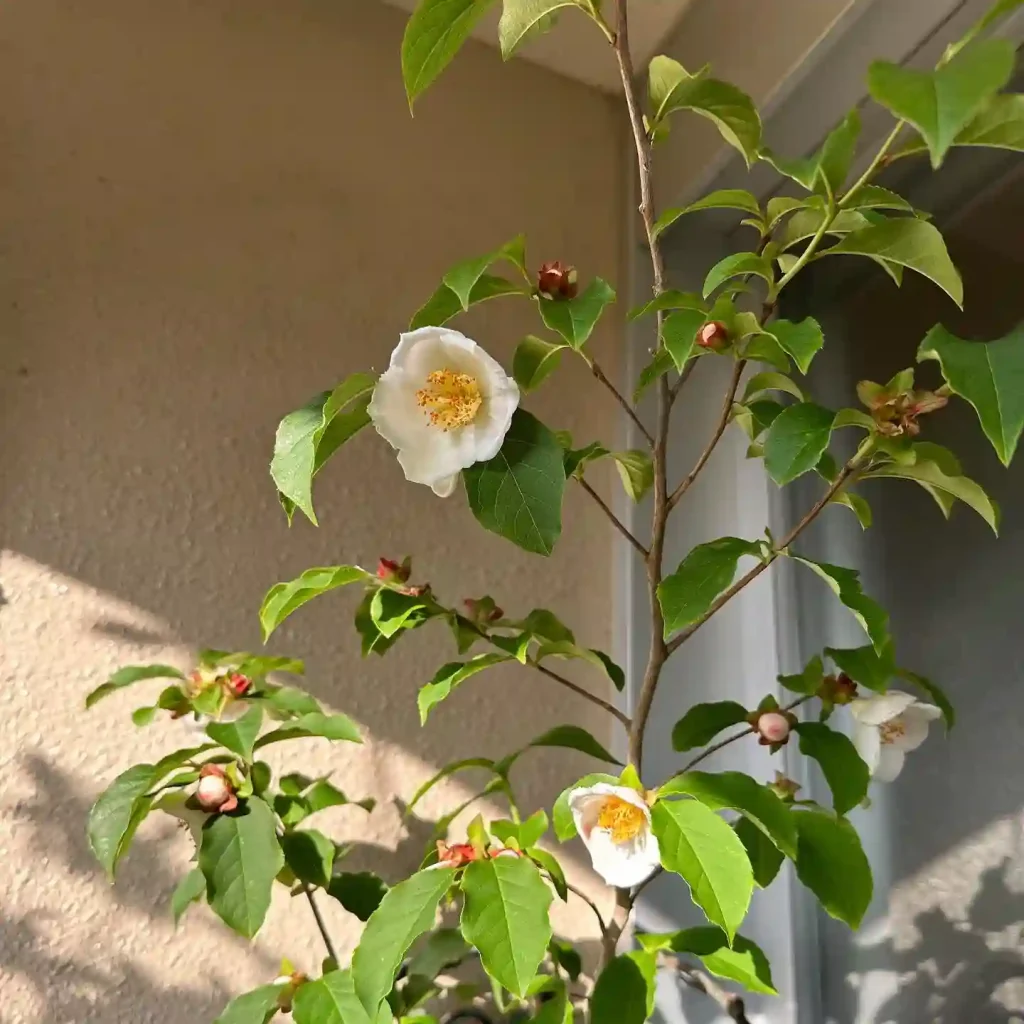
What is Peperomia Sandersii?
Hey there, plant enthusiasts! Ferb Vu here, and today we’re diving into the delightful world of the Peperomia Sandersii, also known as the Watermelon Peperomia. This little charmer has stolen hearts with its plump, textured leaves that resemble watermelon slices. But beyond its cute looks, the Peperomia Sandersii boasts a reputation for being easy to care for, making it a perfect choice for both seasoned plant parents and beginners alike.
So, buckle up as we explore everything you need to know about this captivating little plant.
1424 Species in Genus Peperomia
Light: Finding the Sweet Spot
Peperomia Sandersii thrives in bright, indirect light. Think of a spot near a window that receives dappled sunlight throughout the day. Direct sun exposure is a no-no, as it can scorch the delicate leaves. Conversely, placing your Peperomia in a dimly lit corner will stunt its growth and make the leaves lose their vibrancy.
Here’s a tip: Observe your Peperomia. If the leaves start stretching towards the light source, it needs a brighter location. Conversely, if the leaves appear pale or lose their variegation, it’s getting too much sun.
How does light preference compare to Snake Plants?
Snake Plants are champions of low-light tolerance. While the Peperomia Sandersii can adapt to lower light conditions, it won’t thrive like a Snake Plant. Remember, the Watermelon Peperomia enjoys that touch of brightness to maintain its compact form and stunning foliage.
Watering: The Art of Not Drowning Your Plant
One of the biggest downfalls for Peperomia Sandersii is overwatering. These little guys prefer their soil to dry out slightly between waterings. Here’s my method: stick your finger into the potting mix. If the top inch feels dry, it’s watering time. Give your Peperomia a thorough drink until water runs out the drainage holes. Discard any excess water that accumulates in the saucer to prevent root rot.
How often does this compare to a Pothos?
Pothos are known for their forgiving nature when it comes to watering. They can tolerate slightly dry conditions better than a Peperomia Sandersii. However, underwatering for extended periods can cause the leaves of both plants to wilt. The key is finding the watering rhythm that suits your specific plant and environment.
Soil: The Foundation for Happy Roots
A well-draining potting mix is crucial for your Peperomia Sandersii. A generic cactus or succulent mix works well, or you can create your own by combining equal parts potting mix and perlite. This ensures proper aeration and prevents waterlogging, which can lead to root rot.
Is this similar to the soil preference of a Jade Plant (Crassula Ovata)?
Absolutely! Both Peperomia Sandersii and Jade Plants favor a well-draining mix to prevent root rot. However, Jade Plants can tolerate slightly richer soil compared to the Peperomia Sandersii, which prefers a lighter, airier mix.
Humidity: Friend or Foe?
Peperomia Sandersii is a trooper when it comes to average household humidity. However, if the air gets particularly dry, especially during winter, your plant might appreciate a little boost. Here are some options:
- Pebble tray: Place your Peperomia on a tray filled with pebbles and water. As the water evaporates, it increases humidity around the plant.
- Grouping plants: Clustering your Peperomia with other humidity-loving plants creates a mini microclimate that benefits everyone.
- Occasional misting: Give your Peperomia a light misting with filtered water, but avoid soaking the leaves.
How does this compare to a Calathea (Calathea Ornata)?
Calatheas are notorious humidity lovers. While the Peperomia Sandersii can adapt, it won’t be as fussy as a Calathea, which might display crispy edges or curling leaves in persistently dry environments.
Temperature: Keeping Your Peperomia Cozy
Peperomia Sandersii thrives in average room temperatures between 65-75°F (18-24°C). Avoid placing your plant near cold drafts, vents, or heat sources that can cause stress.
How does this compare to a Fiddle Leaf Fig (Ficus Lyrata)?
Fiddle Leaf Figs also prefer warm temperatures but can tolerate slightly cooler conditions compared to the Peperomia Sandersii. Both plants, however, dislike sudden temperature fluctuations.
Fertilizer: Feeding for Growth (But Not Too Much!)
During the spring and summer growing season, you can give your Peperomia Sandersii a monthly feeding with a diluted houseplant fertilizer. Opt for a balanced fertilizer and dilute it to half the recommended strength. Avoid overfertilizing, as it can lead to salt buildup in the soil, which can damage the roots. During fall and winter, when growth slows, feeding can be stopped altogether.
Propagation: Sharing the Watermelon Love
Peperomia Sandersii is a joy to propagate, allowing you to create more of these adorable plants. Here are two popular methods:
- Leaf cuttings: Select healthy leaves with a short stem (petiole) attached. Dip the petiole in rooting hormone (optional) and plant it in a pot filled with a well-draining mix. Keep the soil moist but not soggy and provide bright, indirect light. Patience is key – roots can take several weeks to develop.
- Stem cuttings: Cut a healthy stem with a few nodes (leaf bumps) just below a node. Remove the lower leaves and plant the stem in a pot with a well-draining mix. Water thoroughly and maintain consistent moisture. Similar to leaf cuttings, provide bright, indirect light and wait for roots to establish.
How does this compare to propagating a Spider Plant (Chlorophytum Comosum)?
Spider Plants are even easier to propagate! They produce baby spiderettes that can be simply detached and planted in new pots. While Peperomia Sandersii requires a bit more attention during propagation, the reward of nurturing new growth is equally satisfying.
Common Problems and Solutions: Keeping Your Peperomia Happy
Here are some common issues you might encounter with your Peperomia Sandersii and how to address them:
- Drooping leaves: This can be a sign of overwatering or underwatering. Check the soil moisture and adjust your watering habits accordingly.
- Leaves losing variegation: Insufficient light can cause the beautiful variegation on the Peperomia Sandersii leaves to fade. Move your plant to a brighter location with indirect sunlight.
- Brown spots on leaves: This could be caused by sunburn from direct sunlight. Ensure your Peperomia receives only indirect light. Fungal diseases can also cause brown spots. In such cases, isolate the plant, remove affected leaves, and treat with a fungicide if necessary.
- Mealybugs or scale: These sap-sucking insects can infest your Peperomia. Wipe them off with a cotton swab dipped in rubbing alcohol or use insecticidal soap according to the manufacturer’s instructions.
How does pest control compare to a Monstera Deliciosa (Swiss Cheese Plant)?
Monstera Deliciosa can also be susceptible to mealybugs and scale. However, their larger size makes it easier to spot infestations and remove pests manually. Both plants benefit from regular monitoring and treatment when necessary to prevent pest outbreaks.
Peperomia Frost vs Watermelon
Peperomia Frost and Peperomia Watermelon are distinct; the key disparity lies in the foliage, with Frost exhibiting thicker, upright leaves, while Watermelon Peperomia showcases thinner, trailing leaves.
Conclusion: The Allure of the Peperomia Sandersii
The Peperomia Sandersii, with its captivating looks and easy-going nature, is a wonderful addition to any plant collection. By following these simple care tips, you can ensure your Watermelon Peperomia thrives for years to come, adding a touch of vibrant charm to your home. So, what are you waiting for? Give this delightful little plant a try and experience the joy of nurturing a Peperomia Sandersii!
If i die, water my plants!



